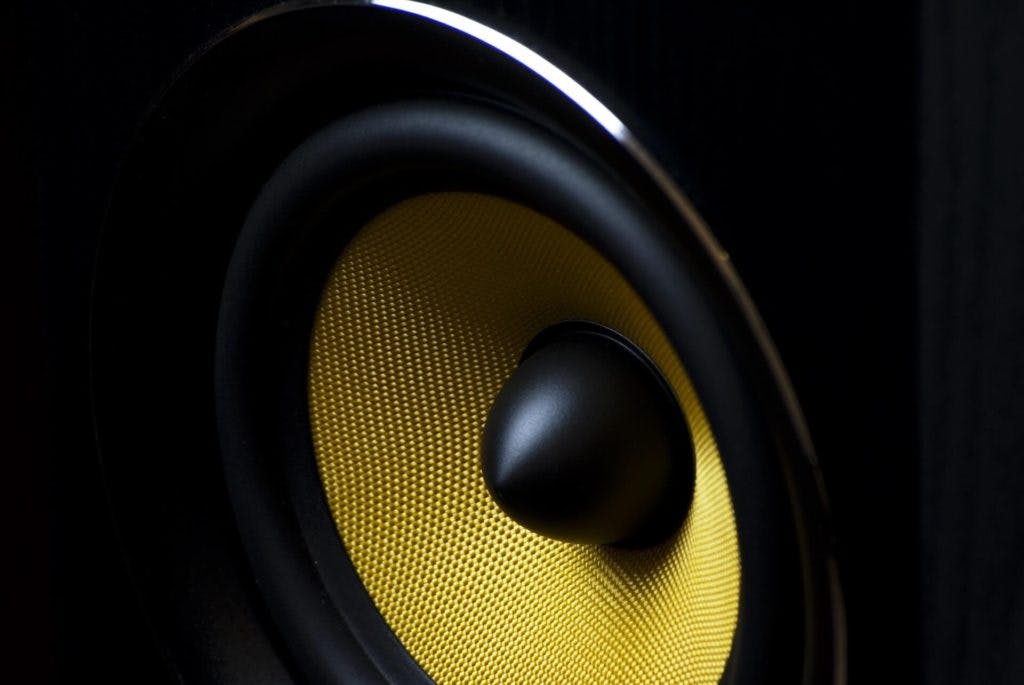
How To Calibrate Your Monitoring Using Spotify
Loudness normalisation is a thing. There is no point in overcooking your masters now. If you over-do it, your master will objectively sound worse (and quieter) after being loudness-matched with more dynamic material. This will happen in today’s loudness normalised platforms which include YouTube, Apple Music, TIDAL, and Spotify. If this is news to you, I suggest you start here.
So how do I know what the optimal loudness is?
Simple. You calibrate your monitoring and stick to it. An easy way to do this is to make a playlist of some of your favourite songs and play them back whilst adjusting your hardware. Spotify is probably the way to go as it has the highest target loudness of all platforms at roughly -11 LUFS integrated (Updated: Now circa -14 LUFS). Listen to your playlist and adjust your monitoring until you are at a comfortable loudness. If you have a software console, make sure that is outputting at digital zero. This way, if you ever need to turn it down, you can simply access that target level by bringing it back up to zero. Please make sure you use the desktop app and that the option for loudness matching is on which is should be by default. See below.

Where do I adjust my monitoring?
If you use active monitors, simply adjust their volume controls and any EQ controls they have until you are happy with what you are hearing. If you use passive monitors, simply adjust your amplifier to suit.
What’s the benefit?
When you are working at this level, you won’t overcook your masters or mixes and you will still have at least 10dB of range above your chosen loudness level. This will preserve peaks and transients and will optimise your Peak-To-Loudness ratio for playback in any loudness normalised environment. Also, your brain will over time build up a reference simply by listening to music at this volume. You will know what a balanced mix/master sounds like at this loudness. Otherwise you don’t have a benchmark.
Can I use iTunes instead?
Yes but you must have Soundcheck enabled. I nearly created this blog for iTunes instead of Spotify but I chose not to. The reasons being that iTunes has a lower target loudness than Spotify. If you are optimised only for iTunes, your material may end up a little on the large side dynamically speaking when it comes to Spotify. Example, a master that’s optimal for iTunes will likely be around -16 LUFS (AES recommendation), with a PLR of around 15 (difference between loudness and peak if capped at -1.0dBFS). This PLR is larger than Spotify’s optimal PLR which is 11. This is ok because Spotify uses a limiter (only platform to do so) so they will drive the gain into the limiter to match their target loudness without clipping. However, it’s best to avoid this and if your monitoring is calibrated using Spotify, there is a very good chance your masters will end up in that zone and Spotify wont have to push it through the limiter.
But I use the K-System!
Awesome. So did I until recently. Bob Katz’ k-system is pure genius. It sets a benchmark for monitoring. If everyone adopted this standard, I would go with it, but they don’t. I highly recommend you try all of these things and figure out what works for you. I stopped using the K-System because when I want to use Spotify as a reference, I would have to adjust my monitoring. This way I don’t have to.
What about metering?
I always use metering when mastering. I like to know where my masters end up with regard to LUFS and knowing the True Peak level is a must. However, when I master, I master by ear first. I get the master to its loudness sweet-spot and balance the EQ. Then I look into the numbers to make sure I haven’t completely missed the mark. If the LUFS is too hot, I can easily pull back the gain going into the limiter. After all one loudness unit is the equivalent to 1.0dBFS, so it’s easy to know what that gain adjustment is.
Try this out for yourself and let me know how you get on. I look forward to discussing further.
Chris, a lot of this is new to me!
I totally understand. Here is a blog to get you started with loudness management.
This article was brought to you by Songcards
© 2025 Unlock Your Sound Ltd | Privacy Policy